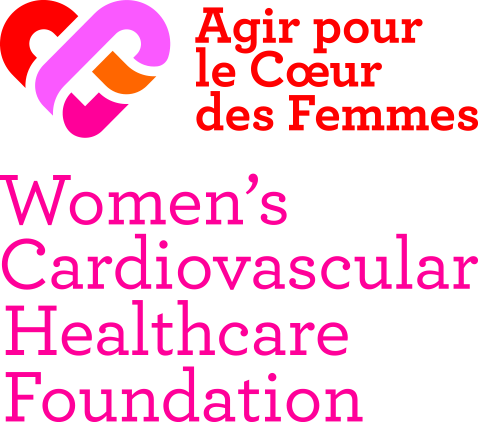
ACTUALITE
Why You Should Tell Your Doctor About Your Migraines
A recent scientific article highlighting the link between migraines and cardiovascular risk is the perfect opportunity to remind our community about this symptom and why you should talk with your doctor about this often-neglected vascular risk factor to make sure you get the best care.
SEE ALSO
Listener Shares Touching Story on France Bleu
This show gave me an opportunity to remind listeners that hospitalizations for heart attacks among women ages 45 to 54 are increasing 5% per year, mainly because of early exposure to smoking, stress, sedentary lifestyles, instability and combination contraceptives with estrogen. Traditional risk [...]
Women’s Cardiovascular Healthcare Foundation’s Three As
France 3 invited Prof. Claire Mounier-Vehier, MD, to present Women’s Cardiovascular Healthcare Foundation (Agir pour le Cœur des Femmes) and its three missions: Alert – Anticipate – Act. She also answered questions from viewers about the necessity of seeing a doctor during this period based on [...]
Three Minutes to Convince Viewers…
Prof. Mounier-Vehier was a guest on the Chroniques Santé show on TV WEO to explain why it is important to change the stereotypes about cardiovascular disease in women. There are still major biases related to cardiovascular disease in women that lead to many lost opportunities. Insufficient [...]




